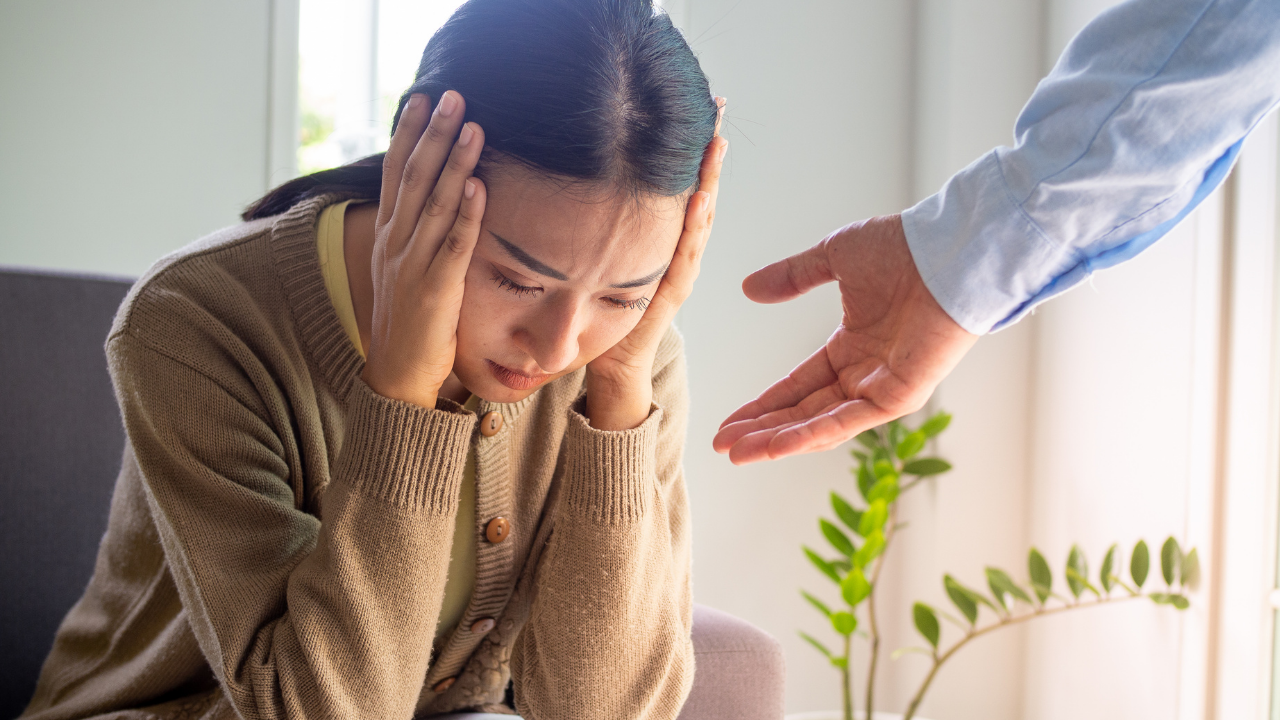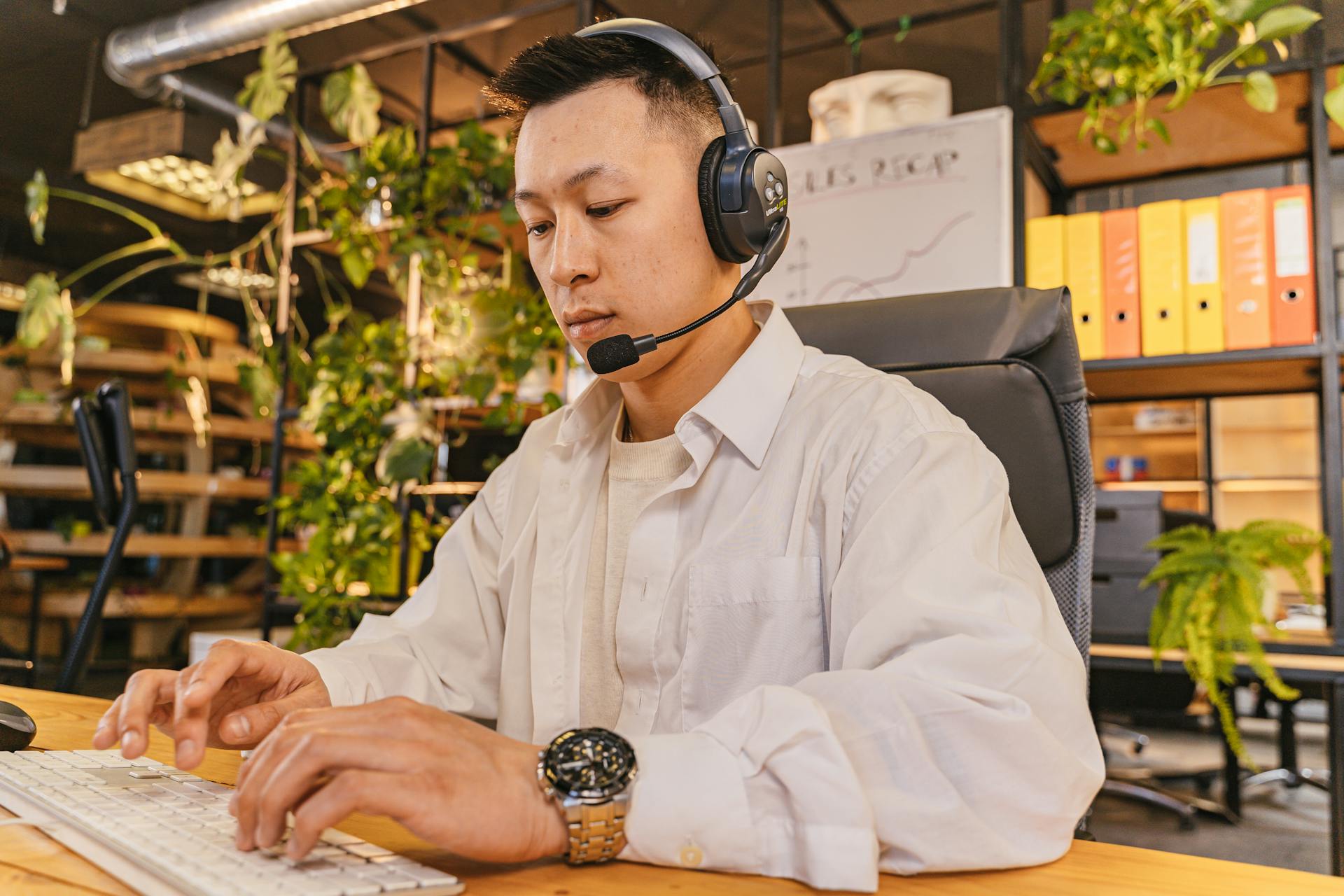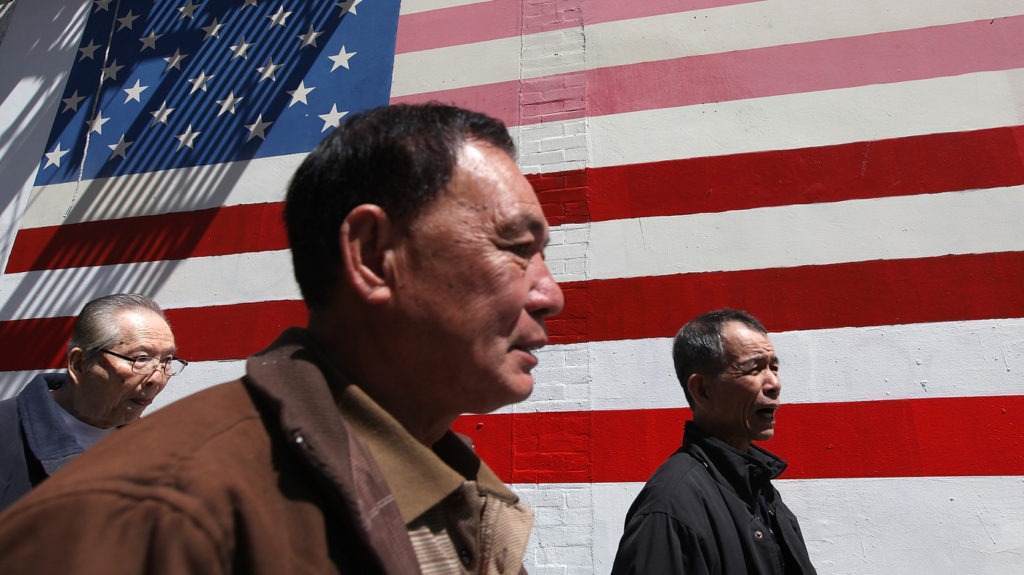Why Mental Health Stigma Persists in Asian Cultures
In many Asian cultures, mental health struggles are viewed as personal failures rather than medical conditions. Confucian values emphasizing emotional restraint and family reputation discourage open discussions about depression or anxiety. Seeking therapy is often seen as airing "dirty laundry," and psychiatric conditions are frequently attributed to supernatural causes ("bad karma") or character flaws ("not praying enough").
This stigma is compounded by immigration stress—many parents who survived war or poverty believe their children "have no reason" to struggle mentally. The result? A cycle of shame where suffering goes unaddressed until it reaches crisis levels.
The Model Minority Myth’s Toxic Impact
The stereotype that Asian Americans are universally high-achieving and emotionally stable silences those who need help. Teachers, employers, and even doctors may overlook symptoms, assuming Asian patients are "fine" because they appear functional. Internally, many feel pressure to hide struggles to avoid "confirming failure."
Alarmingly, Asian Americans are three times less likely to seek mental health care than white Americans. When they do, they’re often misdiagnosed—depression may be written off as "stress," and PTSD in refugees goes untreated.
Access to Resources
The wounds of migration and displacement often linger silently in Asian American families, manifesting as generational trauma that remains unaddressed. Many parents who survived war, genocide, or extreme poverty—such as Vietnamese refugees or Korean War survivors—never received mental health support, leaving their trauma to echo through their children’s lives.
This unprocessed pain surfaces in different ways: hypervigilance, emotional detachment, or even physical symptoms like chronic pain, which are often dismissed as mere "stress" rather than recognized as trauma responses. Children of immigrants may inherit this unresolved anguish, growing up in households where suffering is normalized but never named.
The pressure to assimilate and succeed in a new country only compounds the burden, as families prioritize survival over emotional healing. Without culturally informed therapy or community support, these cycles of silent suffering continue, leaving each generation to navigate their pain alone. Breaking this pattern requires acknowledging how historical trauma shapes present struggles—and creating spaces where Asian Americans can grieve, heal, and reclaim their narratives without fear of judgment.
Barriers to Seeking Help—And How to Overcome Them
Even when Asian Americans recognize their need for mental health support, systemic barriers often stand in the way. Language gaps are a significant hurdle, with many first-generation immigrants struggling to find therapists who speak their native tongue or understand cultural nuances. Financial constraints further limit access, as undocumented families or low-income households may avoid care due to cost or fears of immigration repercussions.
Misdiagnosis is another critical issue—clinicians unfamiliar with Asian cultural expressions of distress may overlook symptoms like somatic pain or misinterpret stoicism as resilience. Additionally, the lack of representation in mental health fields (only 4% of U.S. psychologists are Asian) leaves many feeling misunderstood in therapy rooms. However, solutions are emerging: teletherapy platforms now offer services in languages like Mandarin and Tagalog, while community clinics provide sliding-scale counseling with culturally competent providers.
Grassroots organizations are also bridging gaps, from peer-led support groups to workshops that educate families about mental health in culturally relatable terms. By addressing these barriers head-on—through policy advocacy, provider training, and community outreach—we can make mental healthcare accessible to those who need it most.
Culturally Responsive Paths to Healing
Healing for Asian Americans must honor cultural contexts to be effective, which means moving beyond Western-centric therapy models. Traditional practices like meditation, qi gong, and acupuncture are increasingly being integrated into mental health care, offering familiar avenues for emotional regulation. Family therapy approaches that respect hierarchical dynamics—while gently encouraging open dialogue—can help bridge generational divides.
For trauma survivors, somatic therapies that focus on bodily awareness (rather than verbal processing alone) may feel safer, especially for those who grew up in environments where emotions were suppressed. Community-based initiatives are also paving the way: organizations like the Asian Mental Health Collective host virtual support groups, while social media platforms like @SubtleAsianTraits use humor and storytelling to normalize struggles.
Activists are pushing for systemic change too, advocating for more Asian American therapists and culturally tailored school curricula. At its core, culturally responsive healing validates the unique intersections of identity, migration, and resilience that shape Asian American experiences. It’s not about abandoning cultural values but expanding them to include emotional well-being—proving that seeking help isn’t a betrayal of heritage, but a courageous step toward wholeness.




